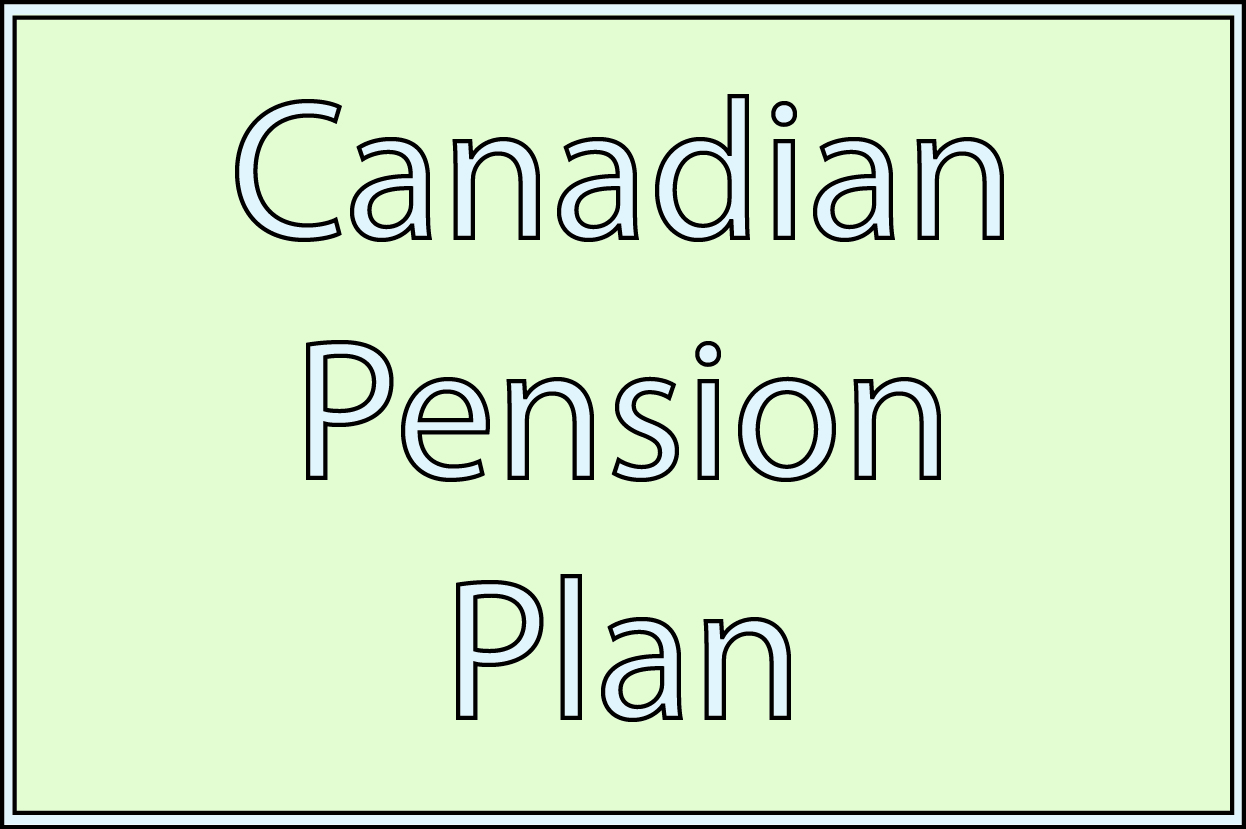 X
X
For most employees, whether they work full-time, part-time, are students, temporary help agency assignment employees, or casual workers, overtime begins after they have worked 44 hours in a work week.
Their hours after 44 must be paid at the overtime pay rate.
Overtime pay is usually 1� times the employee's regular rate of pay (This is often called "time and a half.") but overtime rates can vary.
 X
X
Commission is an amount of money that is paid to an employee upon completion of a task, usually selling a certain amount of goods or services.
Commission may be paid as percentage of the sale or as a flat dollar amount based on sales volume.
 X
X
With very few exceptions, every person over the age of 18, who works in Canada outside of Quebec and earns more than a minimum amount ($3,500 per year) must contribute to the Canada Pension Plan (CPP).
If you have an employer, you pay half the required contributions and your employer pays the other half.
If you are self-employed, you make the whole contribution.
There is a maximum amount you can contribute in a year.
Source: Service Canada
 X
X
Employment Insurance (EI) provides temporary financial assistance to unemployed Canadians who have lost their job through no fault of their own, while they look for work or upgrade their skills.
Canadians who are sick, pregnant, or caring for a newborn or adopted child, as well as those who must care for a family member who is seriously ill with a significant risk of death or who must provide care or support to their critically ill or injured child may also be assisted by Employment Insurance.
There is a maximum amount you can contribute in a year.
Source: Service Canada
 X
X
Since governments need money to run all of their various programs, the Federal and Provincial/ Territorial governments in Canada charge you an income tax, which is based on how much money you earn in a year.
Every Canadian has to pay income taxes and the money is deducted for each pay period. You may get some money back at income tax time in April or you may find out that you owe more money than you have paid.
Here are the Federal tax rates for 2015.
- 15% on the first $44,701 of taxable income,+
- 15% on the first $44,701 of taxable income,+
- 22% on the next $44, 700 of taxable income (on the portion of taxable income over $44,701 up to $89,401)+
- 26% on the next $49,185 of taxable income (on the portion of taxable income over $89,401 up to $138,586)+
- 29% of taxable income over $138,586.
 X
X
In most cases, if you are in a union, the union local will have an agreement with your employer to deduct dues from your pay on behalf of the union.
 X
X
If your employer offers a benefits package, you may see those deductions on your statement of earnings as well.
Some of those deductions may include: health care, long term disability, short-term disability and/or dental insurance.


